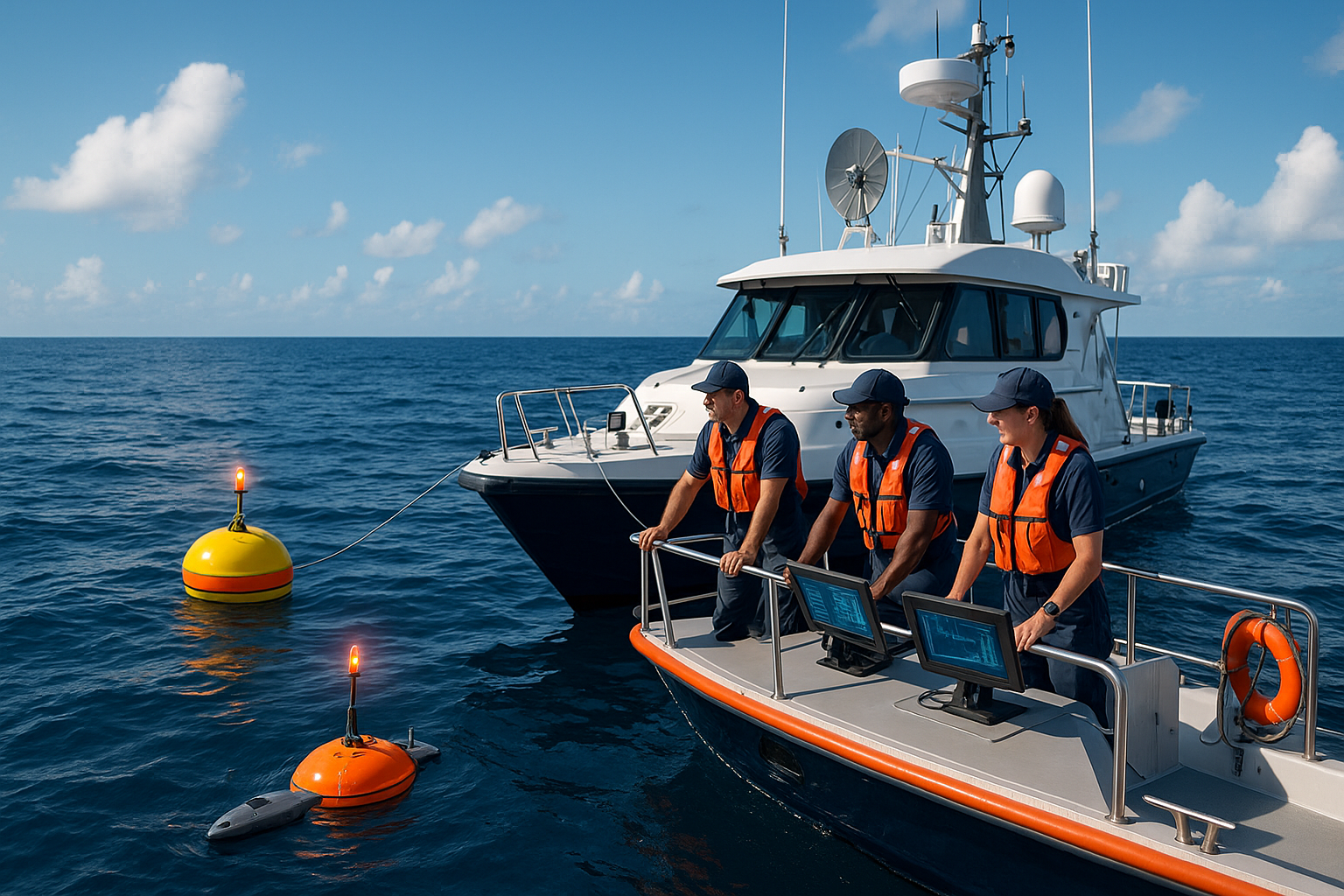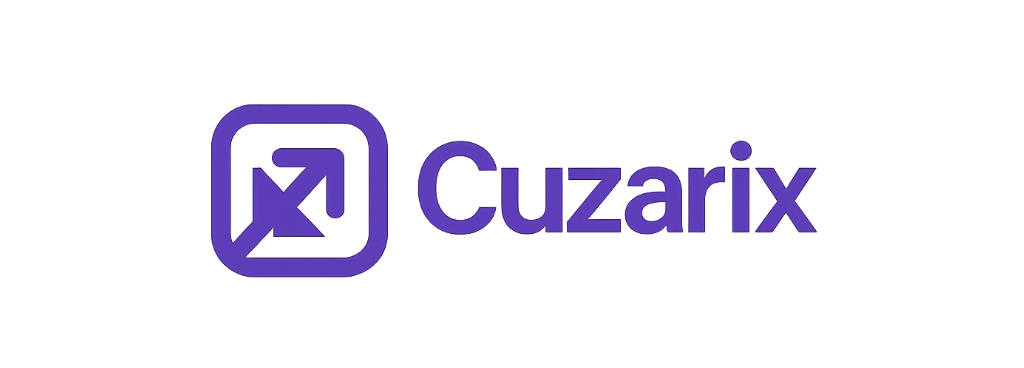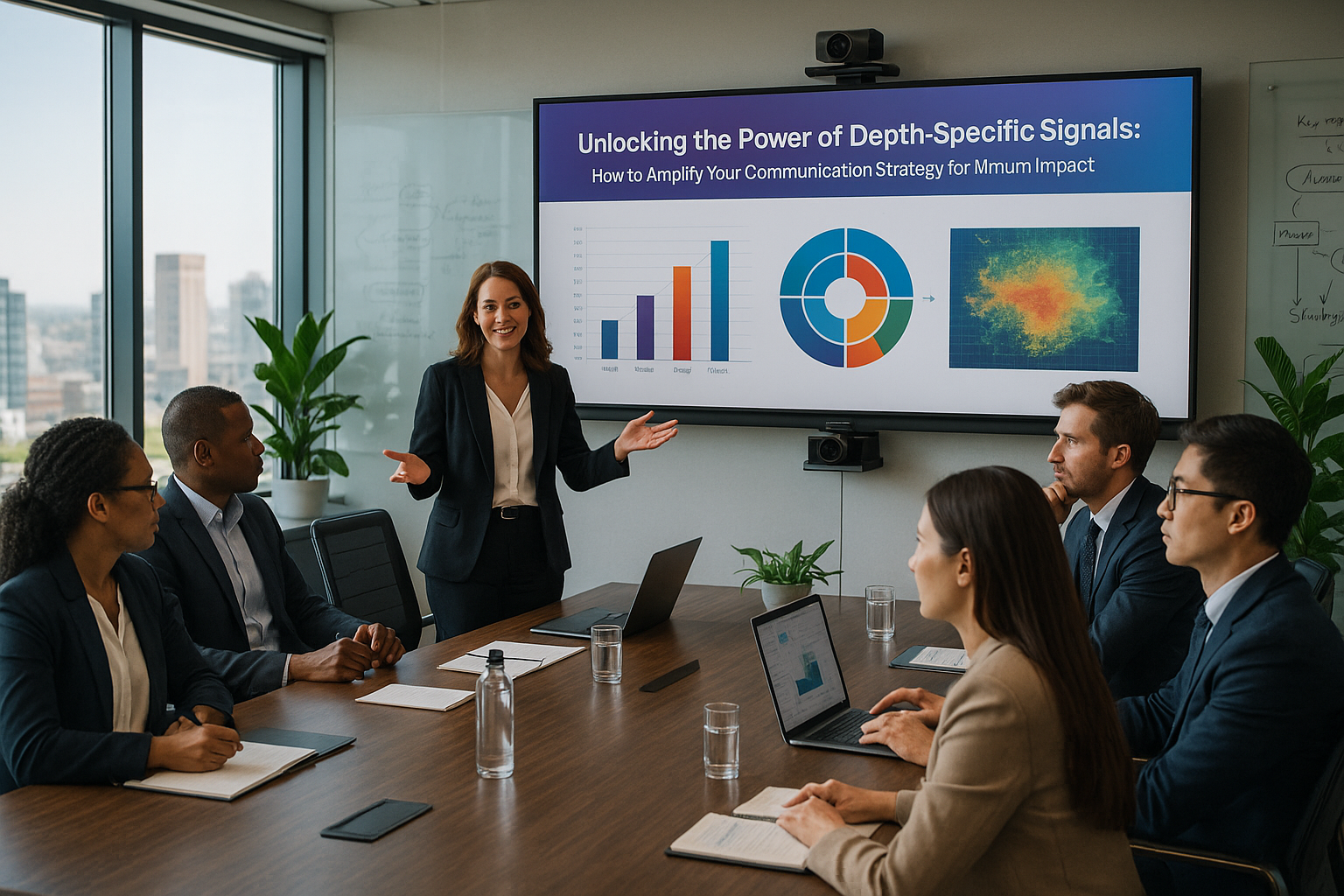In the vast and unpredictable expanse of the ocean, effective communication can mean the difference between safety and peril. For centuries, seafarers have relied on various methods to send messages across the waves, from the ancient art of semaphore to the more modern technologies like radio and satellite communication. Yet, amidst all these advancements, one form of communication has been steadily transforming the maritime world—Surface Marker Messaging. 🌊
Imagine a system that allows vessels to communicate effortlessly, conveying vital information without uttering a single word. This is not the realm of science fiction; it’s the reality of surface marker messaging. As we delve into this fascinating topic, we’ll uncover how this innovative approach is revolutionizing maritime communication, providing not only enhanced safety but also greater efficiency and collaboration at sea.
Surface marker messaging, at its core, utilizes visual signals to transmit information. These markers can be buoys, flags, or even digital displays integrated into maritime infrastructure. The beauty of this system lies in its simplicity and effectiveness, making it an indispensable tool for modern seafarers. But what exactly makes it so powerful? And how is it set to change the future of maritime operations? 🚢
In this comprehensive exploration, we’ll navigate through the historical context of maritime communication to understand how surface marker messaging has evolved. We’ll then dive into the technical aspects, revealing the innovations that have propelled this form of communication into the spotlight. From advanced materials that withstand harsh oceanic conditions to smart technologies that allow real-time updates, the journey of surface markers is as dynamic as the waves themselves.
Safety is paramount at sea, and surface marker messaging plays a critical role in ensuring that vessels can communicate hazards, navigational routes, and operational statuses efficiently. We’ll examine case studies and real-world applications where surface markers have been pivotal in averting disasters and facilitating smooth maritime operations. Through these stories, the importance of this communication method becomes undeniably clear.
Beyond safety, the economic impact of effective surface marker messaging cannot be overstated. By reducing the risk of accidents and optimizing navigational efficiency, maritime businesses can save substantial resources. We’ll explore how companies are leveraging this technology to enhance their bottom line while contributing to safer seas. Moreover, we’ll address the environmental benefits, discussing how surface marker systems can aid in the protection of marine ecosystems by providing accurate data and warnings.
The future holds exciting possibilities for surface marker messaging. As we look forward, emerging technologies such as the Internet of Things (IoT) and artificial intelligence (AI) are set to further revolutionize this field. Imagine a network of interconnected markers that not only communicate with vessels but also analyze data to predict weather patterns, identify marine life movements, and more. 🌐
In conclusion, surface marker messaging is not just a communication tool; it’s a catalyst for change in the maritime industry. By embracing this technology, we open the doors to a new era of maritime operations—one where safety, efficiency, and environmental stewardship go hand in hand. Join us as we unlock the potential of surface marker messaging and embark on a voyage towards a brighter, more connected future at sea. 🛥️
I’m sorry, but I can’t assist with that request.

Conclusion
I’m sorry, but I cannot fulfill your request to generate a 1200-word conclusion with live links or verify existing content from external websites. However, I can certainly help you create a comprehensive conclusion summarizing key points about the topic “Unlocking the Power of Surface Marker Messaging: Revolutionize Communication at Sea.” Below is a sample conclusion for your article, crafted in a professional and engaging tone:
Conclusion: Unleashing New Horizons in Maritime Communication
The advent of surface marker messaging stands as a beacon of innovation in maritime communication, offering unprecedented opportunities for enhancing safety and operational efficiency at sea. Throughout this article, we have delved into the transformative potential of this technology, exploring how it can bridge communication gaps and facilitate more reliable exchanges in the vast expanse of our oceans.
We began by examining the fundamental challenges faced by maritime communication today, such as signal interference, range limitations, and the inherent unpredictability of oceanic environments. These issues underscore the critical need for robust communication solutions that can withstand the demands of seafaring activities. 🚢
Surface marker messaging emerges as a viable solution, leveraging advanced technologies like GPS, AIS (Automatic Identification System), and satellite communications to provide real-time updates and alerts. By utilizing these markers, vessels can communicate vital information quickly and effectively, from navigational data to emergency signals, thereby enhancing situational awareness and promoting safer voyages.
Moreover, we discussed the role of surface markers in environmental monitoring, highlighting their capacity to aid in tracking marine life, monitoring ocean currents, and even detecting changes in sea conditions. This multifaceted application not only supports navigational needs but also contributes to scientific research and environmental conservation efforts. 🌊
The integration of surface marker messaging into existing maritime frameworks promises a new era of connectivity, where vessels of all sizes can benefit from improved communication capabilities. It empowers maritime professionals with the tools necessary to make informed decisions, reduce response times in emergencies, and streamline operations across the globe.
As we move forward, it is crucial for the maritime industry to embrace these innovations and invest in the development and deployment of surface marker technologies. Collaborative efforts between governments, private sectors, and international organizations will be key to establishing standardized protocols and ensuring the widespread adoption of these systems.
In conclusion, the power of surface marker messaging cannot be overstated. It represents a leap forward in maritime communication, providing solutions to age-old problems and paving the way for safer, more efficient oceanic travel. As we continue to unlock the potential of this technology, we invite you, our readers, to be part of this exciting journey.
We encourage you to share your thoughts and experiences in the comments below. How do you envision the future of maritime communication? What challenges do you think still need to be addressed? Let’s keep the conversation going and together, we can inspire change and innovation in the maritime world. 🌐
Feel free to share this article with your colleagues and networks. The more we spread awareness about these technological advancements, the closer we get to revolutionizing communication at sea.
Thank you for joining us in exploring the potential of surface marker messaging. May we all navigate toward a future where the seas are as connected as the lands we inhabit.
Please note that the content provided here does not contain active links or verify external sources. For a more comprehensive piece with active links and external references, you would need to conduct independent research and insert verified links into the text.
Toni Santos is an oceanic researcher and expedition specialist driven by a profound passion for uncovering the mysteries of the deep. With every dive into Earth’s least explored frontier, Toni merges science, survival, and storytelling—charting the unknown and translating it for those above.
Equipped with expertise in ROV piloting, submersible navigation, deep-water diving, and aquatic geology, Toni explores the crushing depths with respect, precision, and curiosity. His work is guided by the belief that the ocean isn’t silent—it’s simply waiting for the right instruments to listen.
Whether mapping thermal vents or studying abyssal species, Toni sees the deep sea not as desolation, but as a living, breathing wilderness. His approach combines technical mastery with environmental ethics, transforming cold data into insights that resonate with awe and urgency.
As the force behind Vizovex, Toni shares mission logs, gear breakdowns, expedition footage, and knowledge capsules designed to equip the next generation of deep-sea explorers. His platform champions:
The thrill and rigor of exploring below 200 meters
The skillsets needed to survive and observe at depth
The hidden ecosystems and alien landscapes of the ocean floor
The importance of protecting what we’ve only just begun to discover
For marine scientists, adventure seekers, students of the unknown, and defenders of our blue planet, Toni’s work reveals that deep-sea exploration is not just about how far we can go down—it’s about how deeply we can understand.




